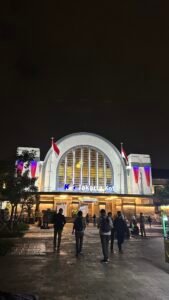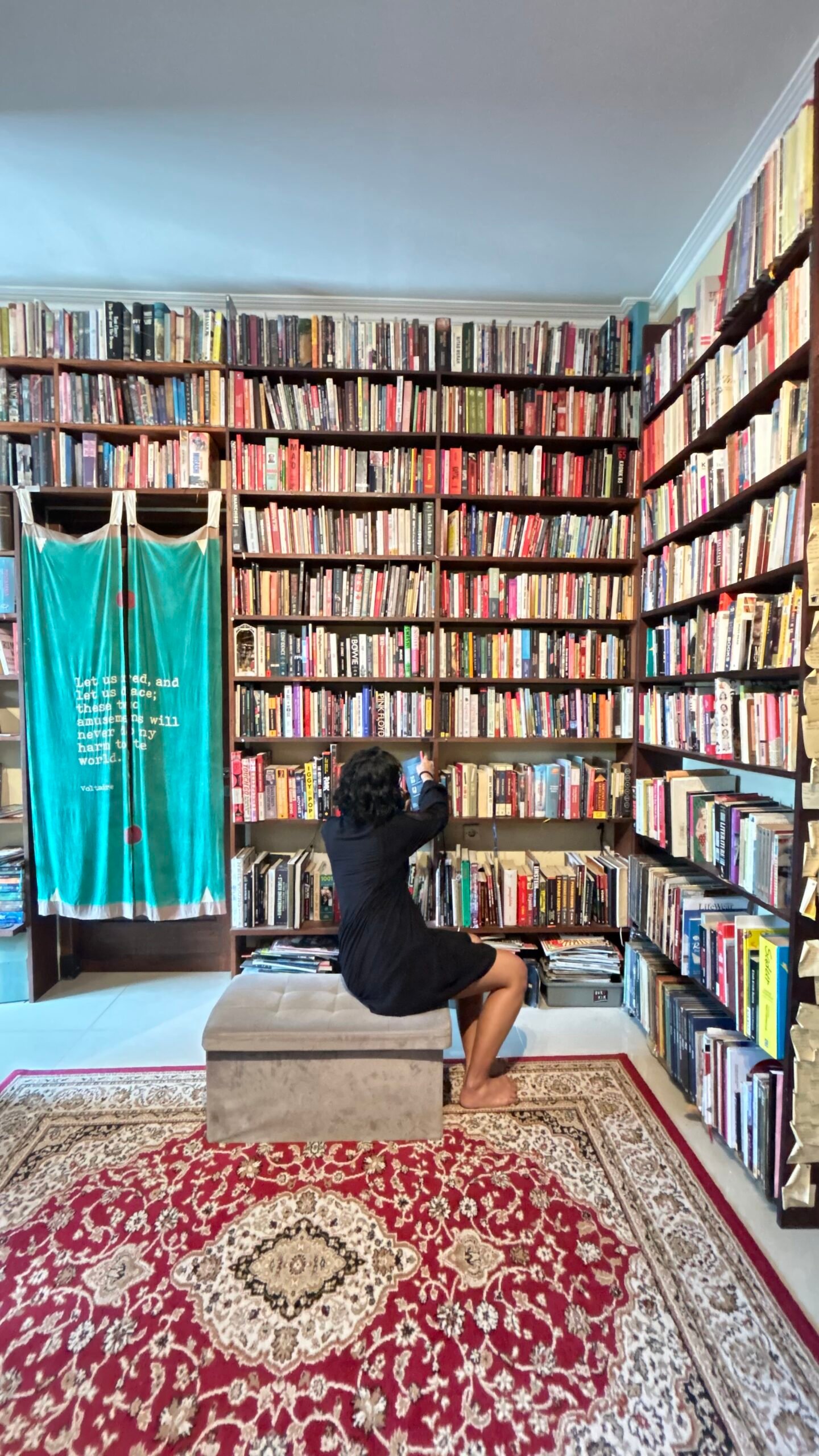*This is the fourth chapter of the previous article.
The next day, we set off to the location I had researched, specifically in Penyisuk Village, East Lombok. The area was drier compared to previous reporting locations. Since my research was still very raw, I, Tari, Josi, Ovan, and Bram decided to conduct a survey. Ovan mentioned that my research was indeed correct. Sekaroh Village was a disputed area. The land status was protected forest, but many residents still lived and earned a living there. They were unwilling to leave because they had lived there long before the land was designated as protected forest.
From Ovan’s demeanor, he seemed to know the information but hadn’t truly surveyed the area beforehand. I started to worry. Would my research turn out to be inaccurate?
“Just chill, Lun. This is normal. You’ll gain clarity in the field,” Josi said, trying to calm me down.
The area we passed through became increasingly barren, showing no signs of life. However, I saw several foreigners passing by on motorcycles. I was sure they were heading to Penyisuk Beach. According to my research, Penyisuk Beach was a hidden pristine beach known for its beauty.
But as we went deeper, the houses became scarcer. Out of uncertainty, we stopped at one of the last houses. Ovan got out to ask anyone who might be willing to talk. From the car, we saw Ovan speaking with an older man.
A few minutes later, Ovan and the man walked back towards the car.
“Let me introduce you, this is Mr. Jumaah. He’ll take us to the location,” Ovan said. We each shook hands with him.
“But is there really a Penyisuk village, sir?” I asked curiously.
“Penyisuk is the name of the beach. The village is called Sekaroh,” Mr. Jumaah explained with a smile.
“Oh right, Sekaroh Village. Is it really a protected forest, sir? Are there still many residents living there?”
“Yes. The residents don’t want to move because they have no other place to go. All their farmland is there. If they move, what will they do? Come on, I’ll take you there. The roads can be a bit confusing. I’ll also show you Penyisuk Beach,” Mr. Jumaah said as he got on his motorcycle and led us.
Throughout the journey, I couldn’t take my eyes off the window. Despite being barren, the area had its own charm. The rows of dry trees standing resiliently on the cracked ground created a refreshing visual. If I weren’t working, I might have asked to stop and take pictures.
In less than an hour, Mr. Jumaah stopped and waved at the car. We stopped and got out one by one.
“What’s up, sir?” Josi asked.
“This is Penyisuk Beach.”
I half-ran toward the beach. Instantly, my body came to a stop. My eyes widened as I gazed at the beach before me. My lips were sealed, unable to say anything. The beach was one of the most beautiful places I had ever seen.

Actually, there are many beaches more beautiful than Penyisuk Beach. But for those who dislike crowds, this is the perfect beach. There were no people at all there—just me, Josi, Tari, Ovan, Pak Bram, and Pak Jumaah.
Penyisuk Beach is hidden behind the typical dry hills of the eastern region. The sand is white, with some wooden debris along the shore. Tall rocks jut out from the sea, and the atmosphere becomes even more enchanting as the waves crash against them.
The beauty was further enhanced when a buffalo herder passed by. The buffalo were massive and looked very healthy. I wondered if they also ate cardboard like the goats on Maringkik Island. Just a thought.

“There are many beautiful beaches here. This one isn’t even that great,” said Mr. Jumaah.
After taking a few photos for personal reference, we continued our journey to Sekaroh Village. It turned out the journey was still quite far, and Mr. Rudi’s house was truly the last building we encountered. The rest was just barren land.
After more than two hours of travel, we finally arrived. But our hopes crumbled upon seeing the state of the village. There were indeed a few houses, but they were far apart. Without Mr. Jumaah, we might have thought it was just a collection of farmers’ huts.
“Wow… the houses are really far apart…” Josi said softly.
“Is it a problem if they’re far apart?” I asked nervously.
“It’s hard to capture the images. If there’s only one house, it doesn’t look like a village.”
“So, what do we do?” I asked, pleading.
“But we can work around it. Don’t worry. We just need to find activities we can do here.”
I breathed a sigh of relief. Thank goodness Josi was understanding. I hoped he would realize I was still adapting.
Finally, after chatting with a couple of residents and assessing the situation, we decided to focus on the villagers’ activities: farming on dry land, gathering firewood, making roofs from leaves, relieving themselves in the open due to the lack of bathrooms, fetching bitter water from a well dug by the residents, and collecting clean water from beneath the cliffs.
The last item was the one I looked forward to the most. Fetching clean water from beneath the cliffs sounded very challenging. Ovan mentioned that this activity had already been covered by the Adventurer program. He showed me the video. It was fine to have a similar item, as long as the flow and story were different. The Adventurer program had a more cheerful vibe, while Tanah Airku aimed to highlight the hardships.
To be continued










